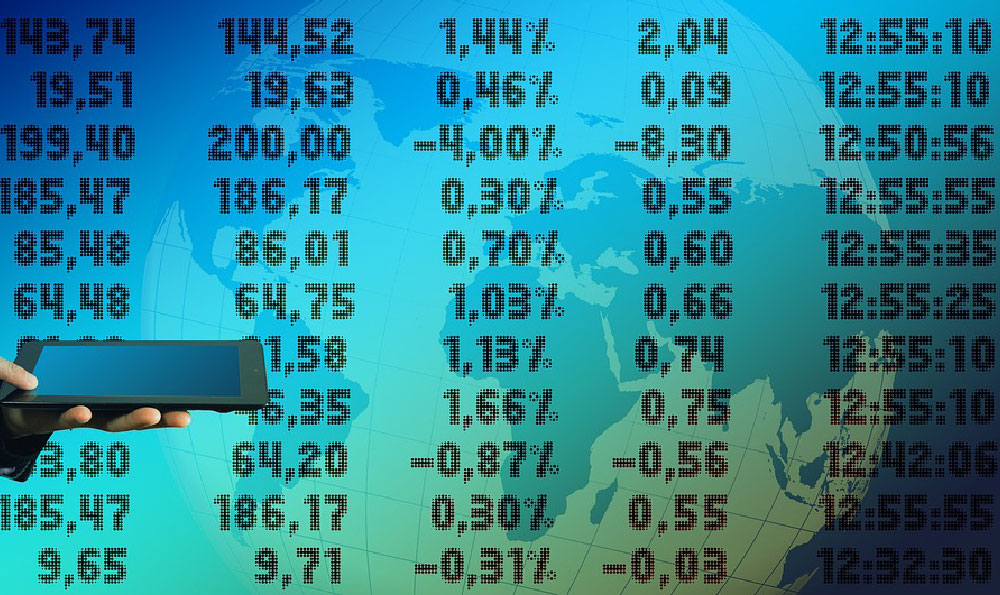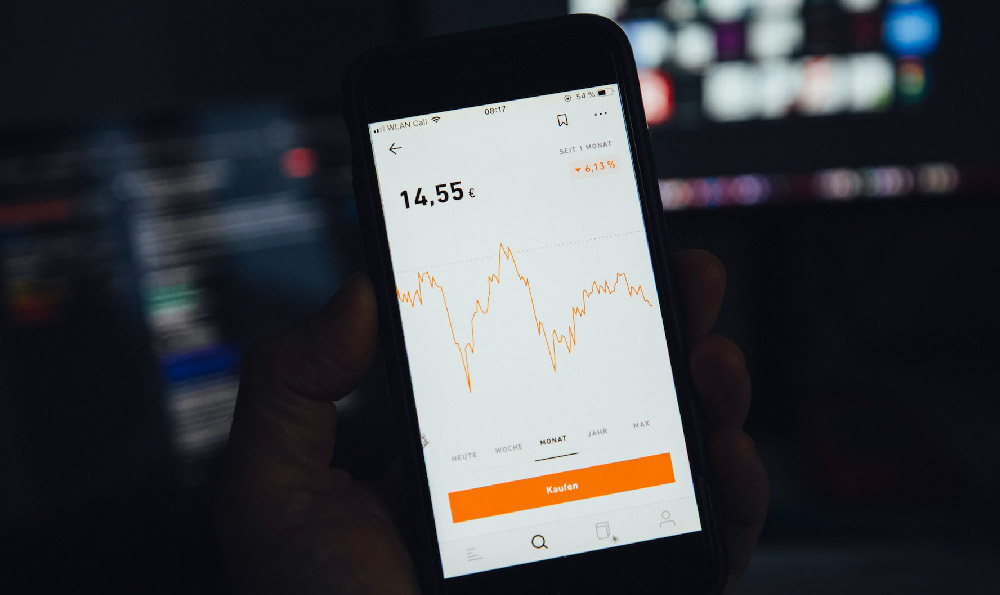
Twitch streamers navigate a dynamic landscape where entertainment intersects with entrepreneurial spirit. Their income streams are diverse, relying on a complex interplay of platform features, community engagement, and strategic partnerships. Understanding these mechanisms is crucial for aspiring streamers and viewers alike, shedding light on the evolving digital economy.
One of the foundational sources of income for Twitch streamers is subscriptions. Twitch offers tiered subscription levels, typically ranging from $4.99 to $24.99 per month. Subscribers gain access to various perks, such as custom emotes (unique emoticons specific to the streamer's channel), ad-free viewing, chat badges identifying their subscription status, and often, dedicated Discord server access. Streamers receive a portion of the subscription revenue, with Twitch retaining a percentage. The exact split can vary based on the streamer's partnership status and viewership size, with larger, more established streamers often negotiating a more favorable revenue share. Building a consistent subscription base requires consistent content creation, active community interaction, and offering valuable incentives to viewers who choose to support the channel financially.
Another critical revenue stream stems from donations, often facilitated through third-party platforms like Streamlabs or StreamElements. These platforms integrate directly with Twitch, allowing viewers to send one-time donations of any amount, often accompanied by personalized messages that appear on-screen. Donations are particularly effective during special events, charity streams, or when a streamer is providing exceptionally engaging content. Streamers often set up donation goals to incentivize viewers and create a sense of collective achievement within the community. Furthermore, the ability to acknowledge and thank donors publicly fosters a sense of connection and appreciation, encouraging further contributions.

Beyond subscriptions and donations, Twitch Partners and Affiliates have access to revenue generated from advertisements. These streamers can run pre-roll, mid-roll, or banner ads on their channels. While ad revenue may not be as lucrative as other sources, it provides a supplementary income stream. However, streamers must carefully balance ad frequency and duration to avoid disrupting the viewer experience and potentially driving viewers away. Strategic ad placement, such as during breaks in gameplay or between segments, can minimize the negative impact.
Furthermore, Twitch streamers increasingly leverage sponsorships and brand deals to augment their earnings. Companies in the gaming, technology, and entertainment industries recognize the potential to reach a highly engaged audience through Twitch streamers. Sponsorships can take various forms, including sponsored streams where the streamer showcases a particular product or service, product placement within the stream, or affiliate marketing, where the streamer earns a commission on sales generated through unique referral links. Securing sponsorships requires building a strong brand, cultivating a loyal audience, and demonstrating the ability to generate tangible results for sponsors. Negotiation skills are essential to ensure fair compensation and alignment with the streamer's values and brand identity.
In addition to these direct monetization methods, many Twitch streamers extend their presence beyond the platform to diversify their income streams. Creating content on other platforms, such as YouTube, is a common strategy. YouTube allows streamers to repurpose their Twitch content, create edited highlights, or produce entirely new types of videos. This expands their reach to a wider audience and generates revenue through YouTube's advertising program. Similarly, many streamers maintain an active presence on social media platforms like Twitter, Instagram, and TikTok to engage with their community, promote their streams, and attract new viewers.
Merchandise sales represent another avenue for income diversification. Streamers often design and sell branded merchandise, such as t-shirts, hoodies, mugs, and other accessories, through online stores. Merchandise allows viewers to express their support for the streamer and provides a tangible connection to the community. Designing appealing merchandise and managing the logistics of production and shipping can be challenging, but the potential for revenue and brand building is significant.
Finally, participation in esports tournaments and events can offer significant financial rewards for skilled gamers. While not every streamer is a professional esports player, those with competitive gaming skills can earn prize money, sponsorship deals, and increased exposure through participation in tournaments. Even if a streamer doesn't consistently compete, attending gaming conventions and events can create opportunities for networking, audience engagement, and potential partnerships.
The most successful Twitch streamers employ a multifaceted approach, combining these strategies to create a sustainable and thriving business. They understand the importance of consistent content creation, genuine community engagement, and strategic diversification. By continuously adapting to the evolving landscape and embracing new opportunities, they can maximize their earning potential and build a loyal following that supports their long-term growth. Moreover, understanding the nuances of Twitch's policies and regulations, as well as tax obligations, is crucial for responsible financial management and avoiding potential pitfalls. Twitch streaming, at its core, is a profession that demands creativity, dedication, and a keen understanding of the digital economy.





